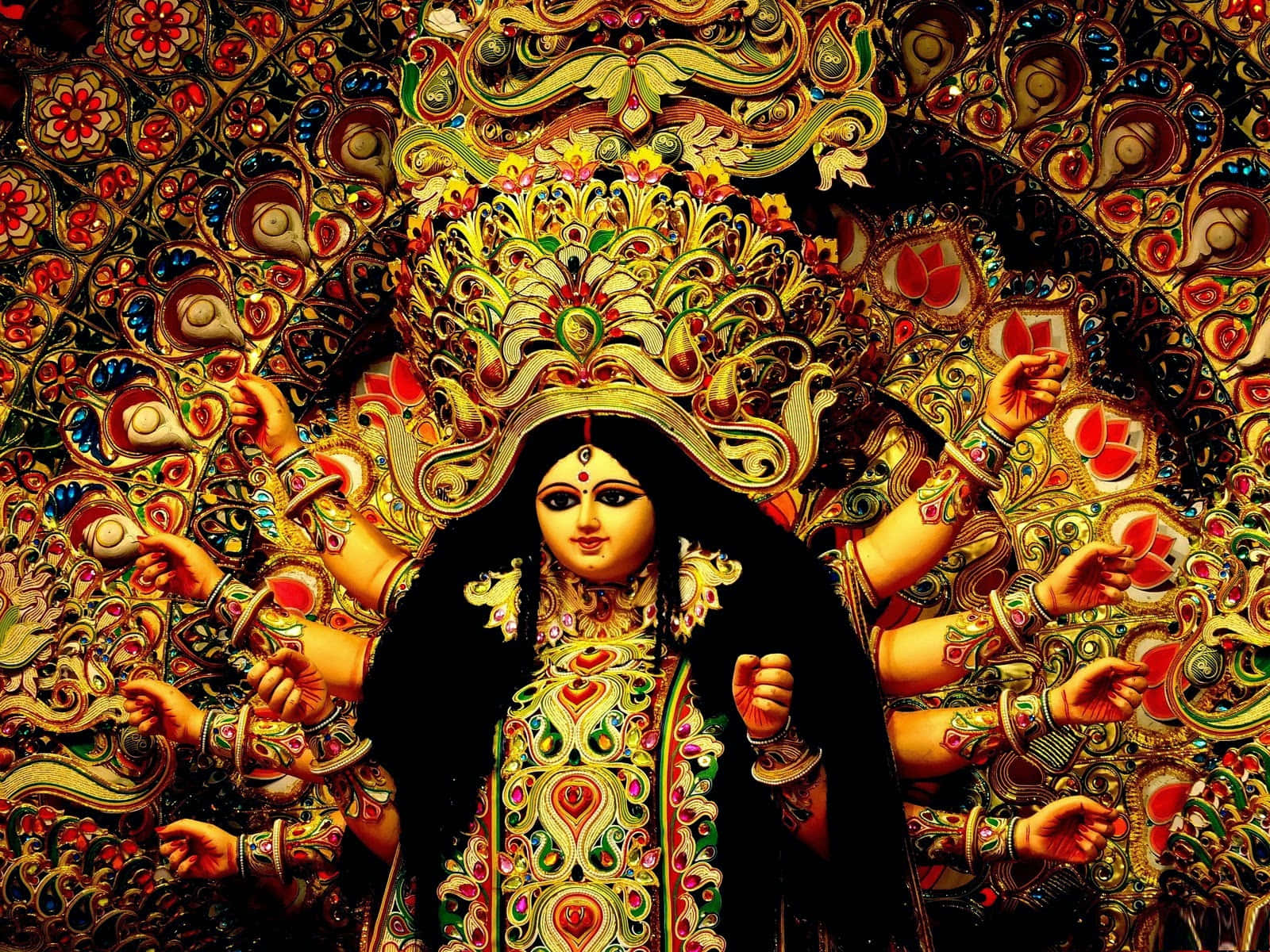Navratri is one of the most auspicious times of the year – nine days of devotion, discipline, and cleansing. Many people take up fasting during this period not just for spiritual reasons but also with the hope that it will help them detox and even lose a little weight. But the surprising truth is that a lot of people end up gaining weight during Navratri fasting. Instead of feeling light and energetic, they complain of bloating, acidity, fatigue, and extra kilos once the festival is over.
Why does this happen? The answer is simple – it’s not the fast, but the way we approach it. Most people overload on starchy and fried foods like sabudana vadas, potato chips, and kuttu puris. These foods, although traditional, are very high in carbs and calories. Add multiple cups of tea or coffee on an empty stomach, sweets made from vrat ingredients, and irregular meal timings, and you end up disturbing your digestion and metabolism instead of supporting it.
The purpose of fasting is to give your body a break, reset your system, and bring more awareness to what you eat. To achieve that, a little planning and smart food choices can make a huge difference. Instead of turning fasting into feasting, the focus should be on balance – choosing the right foods, controlling portions, and keeping hydration in check.
There are some simple but powerful dos to keep your Navratri fast light and healthy. Begin your day with fruits and a handful of nuts instead of tea on an empty stomach. This provides natural sugars and good fats to fuel you through the morning. Include proteins in your meals by adding paneer, curd, amaranth, rajgira, nuts, and seeds – they help you stay full for longer and prevent unnecessary snacking. Add fibre-rich vegetables like cucumber, lauki, pumpkin, and sweet potato to avoid constipation and bloating. Keep yourself hydrated with coconut water, lemon water, or buttermilk instead of relying only on tea and coffee. Most importantly, remember that even vrat-friendly foods can be heavy, so portion control is key.
When fasting is done right, it doesn’t just support your devotion but also your digestion, weight, and overall energy levels. It keeps you light, fresh, and active throughout the nine days.
Here’s a simple sample diet plan for Navratri fasting that you can follow:
Morning (after waking up): 2 dates + 4 soaked almonds + warm lemon water
Breakfast: 1 bowl of fruit (papaya, apple, or pear) + 1 tsp seeds (pumpkin, sunflower, melon)
Mid-morning: Coconut water or buttermilk without salt
Lunch: 2 kuttu or rajgira rotis + 1 bowl pumpkin/sweet potato sabzi + curd
Evening snack: Roasted makhana or home made paneer with little honey (optional)
Dinner: Without salt boiled vegetables - (Sweet potato/ Bottle gourd)/ Carrot or cucumber with curd dressing
Bedtime: Warm turmeric milk (with almond milk or cow’s milk, as preferred)
This is just one example. The exact plan can be customized based on your health goals, weight concerns, and lifestyle.
Navratri fasting is a wonderful opportunity to give your body a reset – if done mindfully. Instead of turning it into nine days of heavy eating, use it to detox, balance your meals, and stay light. If you wish to follow a personalized Navratri fasting diet plan that supports weight loss, energy, and a clean gut, drop a comment or connect with me n I’ll guide you with the right plan for your needs.
Ankita
Diet Shaala

